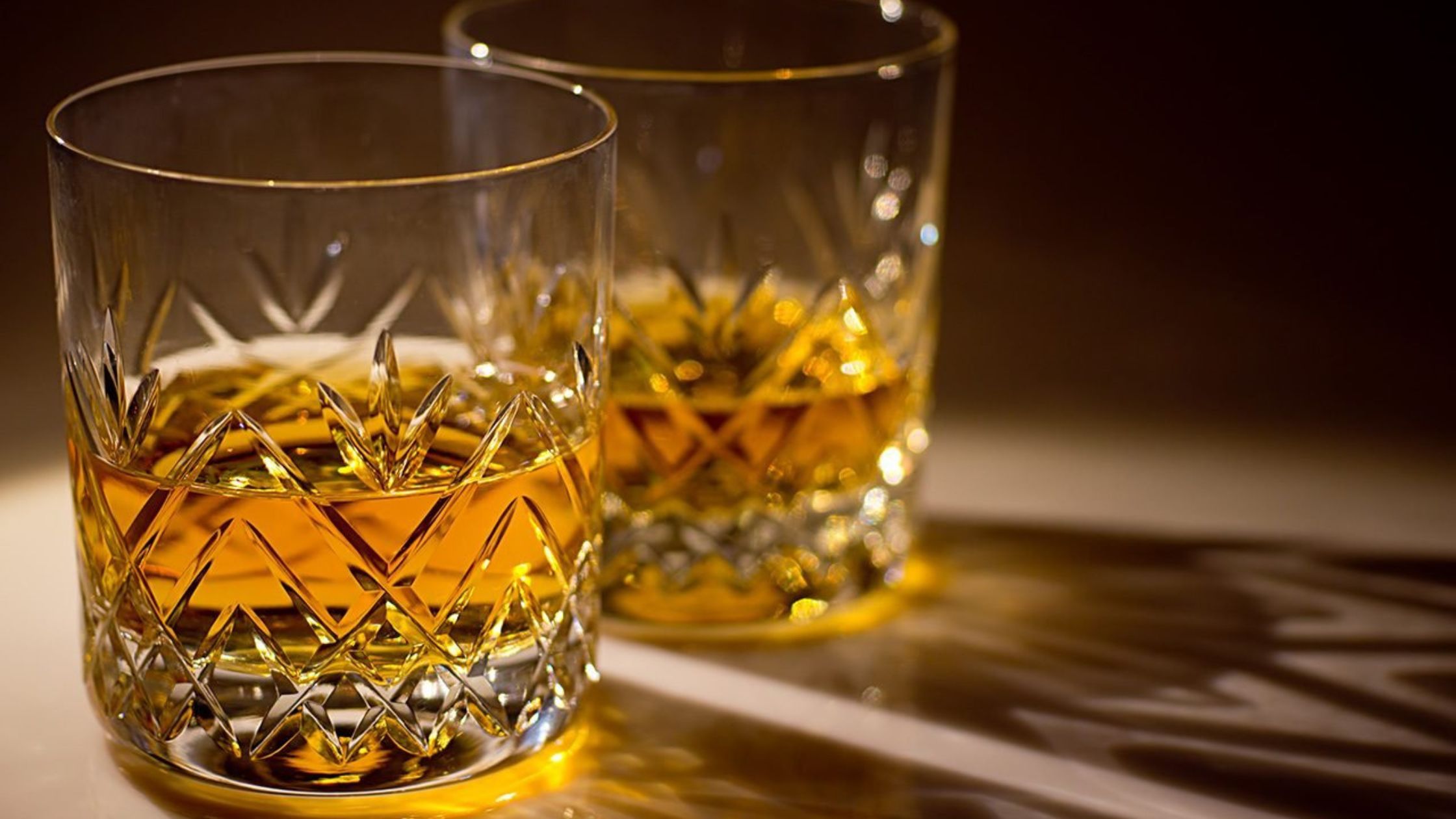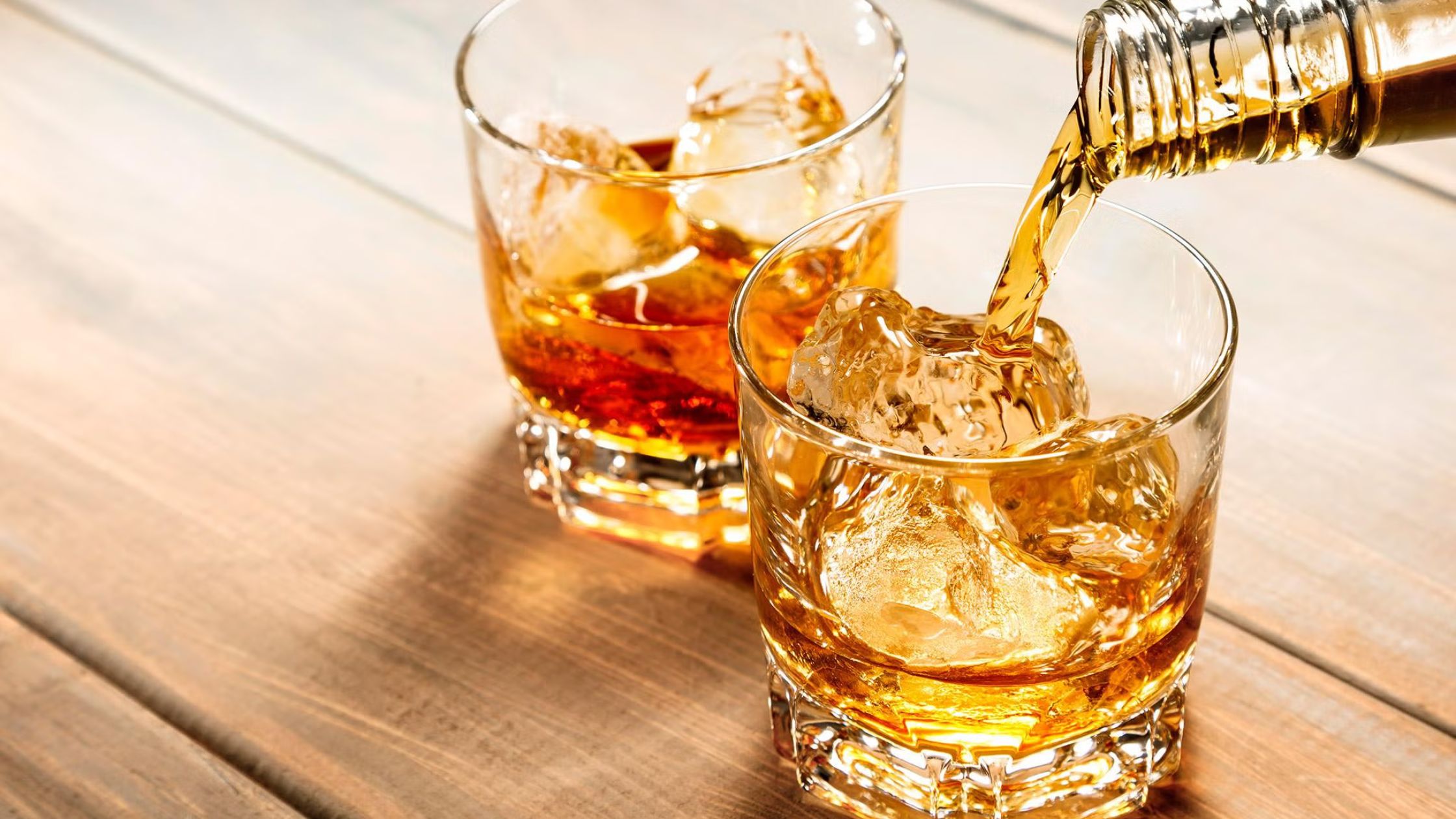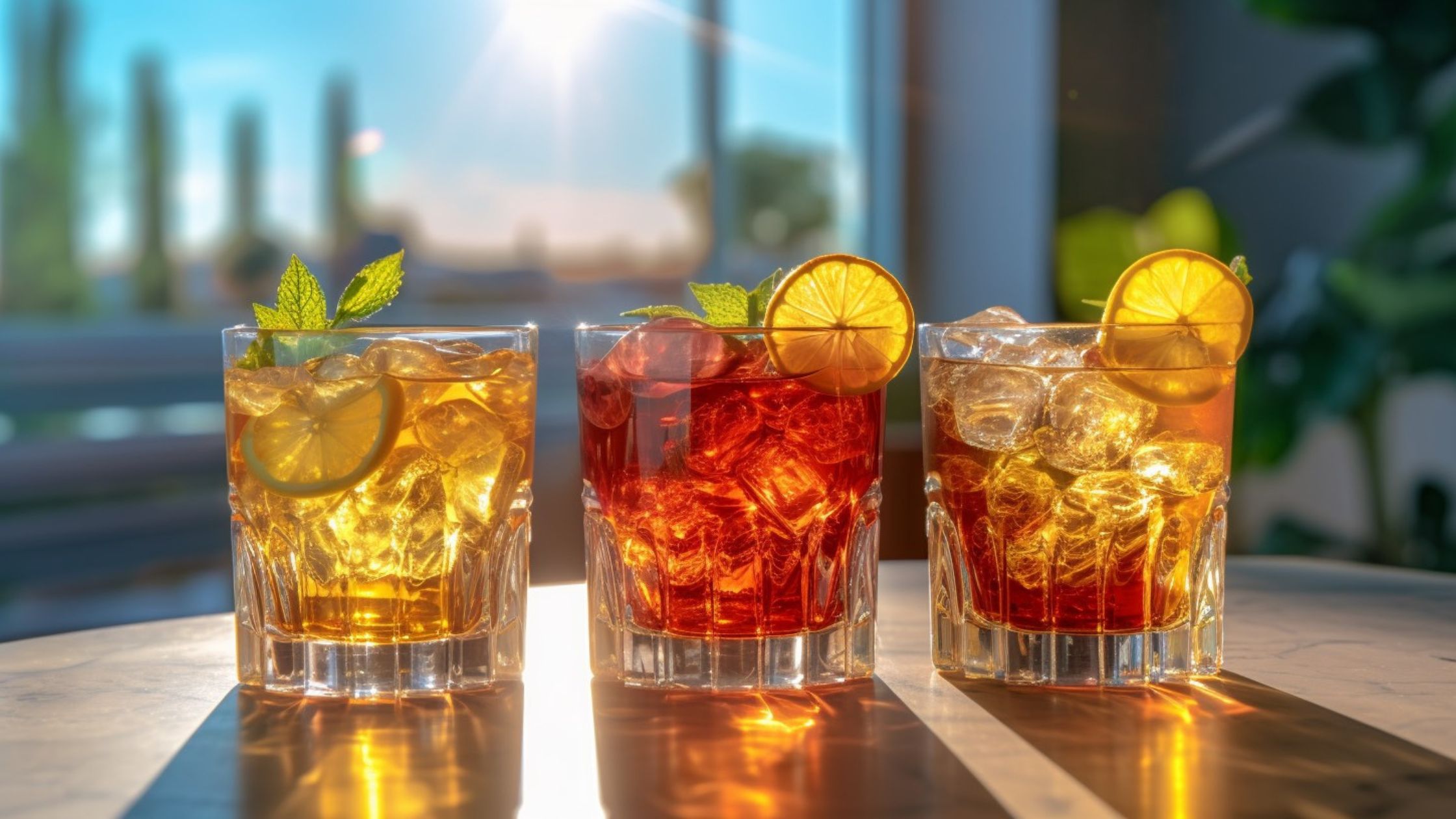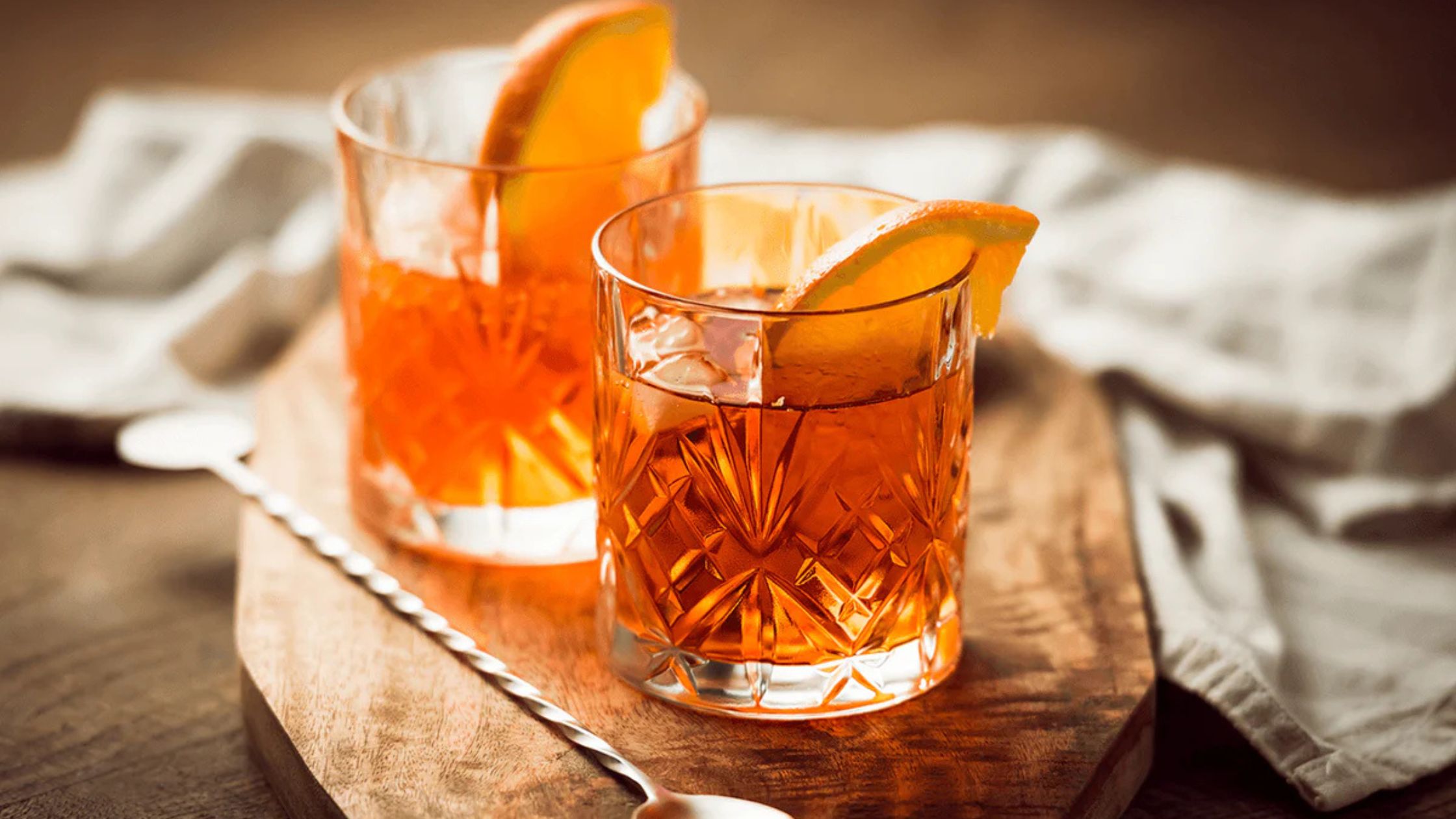Whisky is one of the world's most multifaceted and personal spirits. And one of the most common questions from newbies to whisky aficionados is, What's the best way to drink whisky?
The answer? There is not one best way. And that is not just a polite non-answer; it is the honest-to-goodness truth. The best way to drink whisky, for you, is based on your intentions, palate, and mood. Some people prefer to drink whisky neat because they want to respect the craftsmanship of the distiller, while others prefer to drink their whisky with a few drops of water to open up a treasure trove of aromas hidden just waiting to be released. Many prefer to drink whisky on the rocks for a cold sip, and for many more, whisky shines brightest when it is expressed in infinite possibilities within creative cocktails.
In this in-depth guide, we’ll explore the major ways to enjoy whisky:
On top of that, we will also share basic whisky drinking tips, respond to frequently asked questions, and help novices figure out how to drink whisky in a way that feels right for them.

1. Whisky Neat: Pure and Unfiltered
How to Drink Whisky Neat
When you drink whisky "neat," you pour it straight from the bottle into the glass at room temperature and do not add any water, ice, or mixers. This is the traditional way to taste whisky as it is originally meant to be tasted. It's the way that distillers and whisky connoisseurs taste their spirits at a tasting.
Why Some Prefer It
- Full flavor and aroma: Drinking whisky neat gives you the undiluted character—no interference from water, ice, or other ingredients.
- Concentration: The alcohol carries intense aromas and flavors directly to your senses.
- Tradition: This method is deeply rooted in whisky drinking rituals, especially when sampling high-end bottles.
How to Taste Whisky Neat
Want to taste like a pro? Here’s how:
- Use the right glass: A tulip-shaped glass like a Glencairn helps concentrate the aromas.
- Swirl and sniff: Gently swirl the whisky to release its bouquet. Inhale gently through your nose with your mouth slightly open.
- Sip slowly: Let the whisky linger in your mouth. Notice the texture, flavors, and finish.
- Try the "chewing" method: Let it coat your tongue and cheeks—this enhances complexity.
Best For
Drinking whisky neat is ideal for:
- Single malt whisky drinking (especially 12 years and older)
- Aged bourbons
- Special edition or rare bottles
.jpg)
2. Whisky with Water: Unlocking New Layers
The Science Behind Adding Water to Whisky
You might think adding water would dilute or “ruin” your whisky—but science says otherwise. Adding a few drops of water can actually enhance flavor and aroma. Here’s how:
- Water lowers alcohol content just enough to release volatile compounds trapped in the alcohol.
- These compounds include esters, aldehydes, and phenols—responsible for fruity, floral, and smoky notes.
How to Add Water to Whisky Properly
- Use room temperature, clean water (bottled or filtered is best).
- Add just a few drops at a time, then taste.
- Continue until you find the sweet spot—too much water, and the whisky becomes flat.
Best For
- Cask strength whiskies (often over 55% ABV)
- High-ABV single malts
- Peated or smoky Scotch whiskies (to tame the phenols)
Beginner Tip
Water can help reduce the alcohol burn, making it easier to detect fruit, spice, or oak notes. It’s a smart move for anyone wondering how to taste whisky without being overwhelmed.

3. Whisky with Ice: On the Rocks
Whisky Neat vs On the Rocks
If you've heard the phrase "on the rocks" used with alcohol, then you understand it means whisky served with ice, served in a short tumbler or Old Fashioned glass. While you may like to think of whisky neat as representing purity, there is something refreshing in the simplicity of a whisky on the rocks.
Pros of Drinking Whisky with Ice
- Chills the drink: Ideal for hot climates or summer sipping.
- Softens the burn: Cold temp reduces alcohol sharpness.
- Popular for casual or social settings
Drawbacks
- Dilution: As ice melts, the whisky's flavor profile changes—sometimes for better, sometimes worse.
- Aroma suppression: Cold temperature mutes some of the aroma complexity.
Pro Tip: Ice Matters
- Use large cubes or spheres: They melt slowly, reducing excessive dilution.
- Avoid crushed ice—melts too fast and waters down your whisky.
- You can also use whisky stones (soapstone or stainless steel), which chill the whisky without dilution.
Best For
- Budget blends or bourbons
- Beginners exploring whisky for the first time
- Social situations where you’re sipping slowly

4. Whisky in Cocktails: Creative and Approachable
Whisky Cocktail Recipes Everyone Should Know
Whisky cocktails have been a staple of bar culture for over a century. They’re versatile, flavorful, and approachable. Here are a few essential whisky cocktail recipes:
Old Fashioned
- 60 ml bourbon or rye whisky
- 2 dashes Angostura bitters
Muddle the sugar and the bitters in a glass, add the whisky and the ice and stir; add garnish.
Whisky Sour
- 60 ml whisky (preferred bourbon)
- 30 ml lemon juice
- 15 ml simple syrup
- Optional: ½ egg white for a silky texture
Shake, strain into a rocks glass over ice and garnish with a cherry or lemon slice.
Highball:
- 45 ml of whisky (blended or Japanese whisky is ideal)
- 120 ml soda water (chilled)
- Ice
- Lemon twist for garnish
Build in a highball glass over ice and stir gently.
Benefits of Cocktails:
- easy for new drinkers: sweet, sour, and spirit balanced.
- expanding what's available in whisky: good whisky doesn't have to be serious.
- perfect for parties, holidays, or introducing friends to whisky.
Is It Wrong to Use Expensive Whisky?
- It's your bottle or use it however you want. But in general:
- save the good single malts to sip neat.
- use the blended whisky or bourbon for mixing.
Bonus Tips for the Best Whisky Drinking Experience
Choose the Best Glass for Whisky
| Glass Type |
Best For |
| Glencairn |
Neat, tasting sessions |
| Tumbler |
Ice or simple cocktails |
| Highball |
Whisky + soda mixers |
| Copita / Snifter |
Advanced tasting & nose exploration |
Whisky Drinking Tips
- Let it breathe: Give it 1–2 minutes after pouring to open up.
- Cleansing your palate: Sip water between whiskies.
- Sipping > gulping: Whisky is meant to be savored.
- Keep a tasting journal: Helps you learn your preferences.
Whisky Drinking Rituals to Try
- Set the mood—dim lights, music, good company.
- Light food pairings (dark chocolate, smoked cheese, nuts).
- Taste with friends, compare notes.
FAQs: Answering Your Burning Whisky Questions
1. Does adding water ruin whisky?
Absolutely not. Adding water is an expert technique to explore hidden flavors, especially with high-proof whiskies.
2. Can I use expensive whisky in cocktails?
Yes—but it's best to reserve rare or aged whiskies for neat sipping or light water dilution. Save cocktails for more affordable bottles.
3. What’s the best whisky for beginners?
Try:
- Monkey Shoulder (blended malt)
- Jameson (Irish)
- Glenfiddich 12 (accessible single malt)
- Buffalo Trace (bourbon)
These are smooth, balanced, and forgiving for new palates.
4. Can I use whisky stones instead of ice?
Yes! Whisky stones chill the drink without dilution. Just know they don’t open up flavors the way melting ice or added water can.
The Best Way to Drink Whisky Is Your Way
In conclusion, the most important takeaway is that there is no right way to drink whisky. It’s all about finding what works for you!
- If you like big flavors, neat.
- If you’d like to discover nuances, add a few drops of water.
- If you like it chilled, have it on the rocks.
- If you just feel like having fun, make a cocktail.
There are so many possibilities in the world of whisky, and part of the fun is the journey.
Read Also: Tequila vs Mezcal: Agave Origins, Production, and Taste Explained
Auther : Arjun Khanna
Arjun Khanna is a spirits writer with 9+ years of experience exploring whisky, rum, gin, and craft distillations. He shares tasting notes and expert insights to help readers enjoy fine spirits with confidence.



.jpg)

